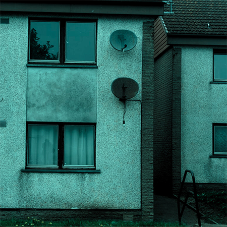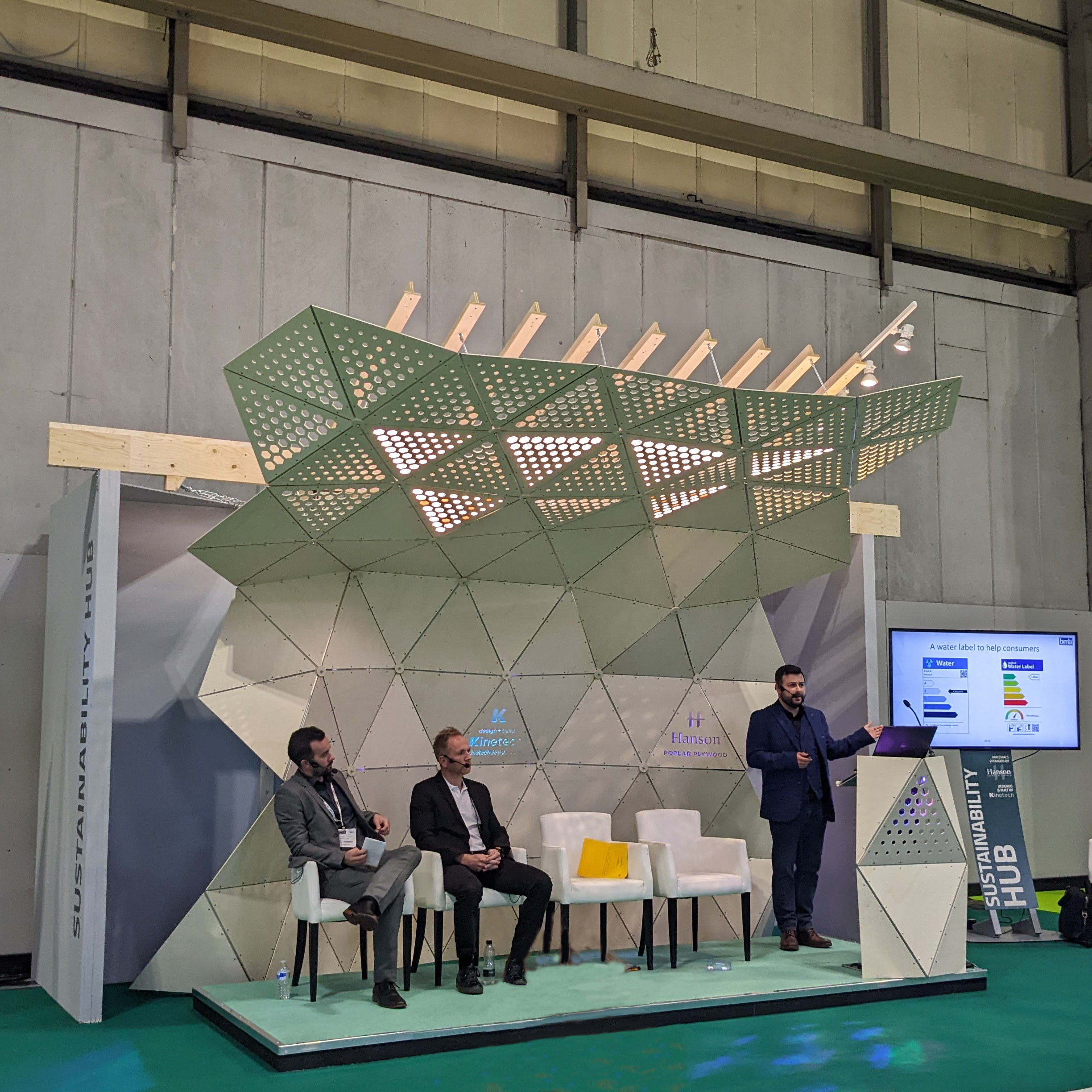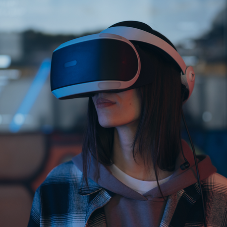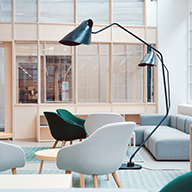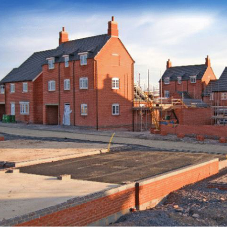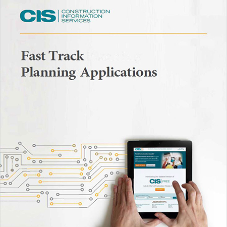Smart lighting incorporates many technologies so that either indoor or outdoor lights will work automatically under certain conditions. This may include high efficiency fixtures and automated controls that make adjustments based on conditions such as occupancy or daylight availability. But essentially, it’s a lighting technology designed for energy efficiency.
Smart lighting can lead to energy savings in a several different ways. Simply dimming a lamp a small amount can have a positive impact on your energy use, and you probably would never notice the difference in light output because many lighting programmers will automatically program the lights to be dimmed 5- or 10 percent by default. Using things such as motion sensors and times can also help prevent energy waste. And, by combining smart lighting with smart window shades and blinds, you can maximize the sun’s free natural light while you use less electricity.
One of the best features of smart lighting is versatility of control—for most people this means not having to rely on a dedicated wall switch to control the light. Smart lights let you control them from where you are—in your chair, from another room, from across the country if you so choose. The method will depend on the specific device and control protocols, but they all offer convenience over the old-fashioned way of being tied to a specific switch to power a light.
Smart lighting can actually save you quite a bit of money on your utilities bill, because the smart lighting network is very energy efficient; it allows you to calibrate when exactly a light should be on. Smart lights can also simplify your life. When preparing to travel, you won't have to physically alter the settings of each smart light or check to see if it is off before you leave. You can do all this remotely, from afar… say goodbye to “did I leave the light on?” panics.
There’s two main ways to control smart lights: control hubs and smart devices. You can use your tablet, smartphone, laptop, and even desktop computer (as long as both the device and the smart lights are connected to Wi-Fi or Bluetooth) to remotely configure and manage your smart lighting. In some cases, typically in larger buildings, there is a dedicated control hub that maintains the smart lighting network.
If you're new to home automation but think you might want to give it a go, you should probably start with smart lighting. One of the easiest ways to get started with simple home automation is to buy accessories or devices that are specialised for specific tasks –for example, with smart lighting you can have control with timers, you can set schedules and monitor bulb status remotely, and so on. It's a relatively simple but effective way for beginners to start automating things in their home.
What's your take on Smart Lighting? Join the conversation on our LinkedIn Profile.
Related Blog Articles



